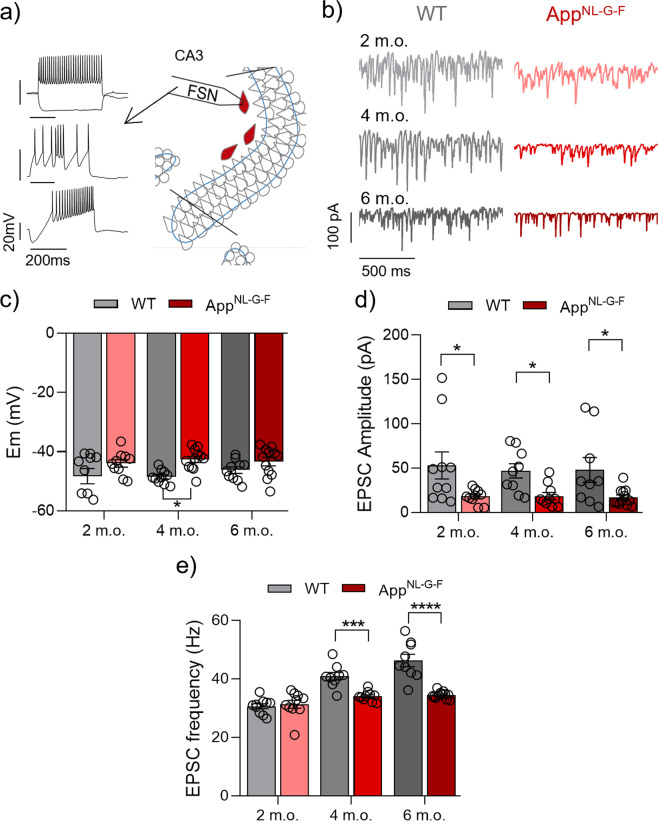Fig. 2. Decrease of excitatory input to FSNs in AppNL-G-F mice in the activated network state (KA present).
a Representative diagram of FSN location (right side) in area CA3 of hippocampal slices and representative traces of FSN characteristic firing (left side) from a two-voltage step protocol (top), burst-eliciting protocol (middle) and voltage ramp protocol (bottom). b Representative sample traces of EPSC recordings from WT (left side) and AppNL-G-F (right side) at 2 m.o., 4 m.o. and 6 m.o. c Summary of FSN Em data at 2 m.o. (WT n:10 (N = 7) vs AppNL-G-F n:10 (N = 8), p = 0.0942), 4 m.o. (WT n:9 (N = 6) vs AppNL-G-F n: 12 (N = 7), p = 0.0152) and 6 m.o. (WT n:10 (N = 6) vs AppNL-G-F n: 12 (N = 7), p = 0.1654) for WT (gray bars) and AppNL-G-F (red bars). d Summary of EPSC amplitude data at 2 m.o. (WT n:6 (N = 7) vs AppNL-G-F n:7 (N = 8), p = 0.0222), 4 m.o. (WT n:9 (N = 6) vs AppNL-G-F n:10 (N = 7), p = 0.0331) and 6 m.o. (WT n:9 (N = 6) vs AppNL-G-F n:12 (N = 7), p = 0.0309) for WT (gray bars) and AppNL-G-F (red bars). e Summary of EPSC frequency data at 2 m.o. (p = 0.6769), 4 m.o. (p = 0.0003) and 6 m.o. (p < 0.0001) for WT (gray bars) and AppNL-G-F (red bars). Data in bar graphs are presented as mean ± SEM. “n” indicates the number of cells. “N” indicates the number of mice. Statistics from two-way ANOVA followed by a Holm–Sidak’s multiple comparisons test (Supplementary Table 1). *p < 0.05, ***p < 0.001, ****p < 0.0001.

